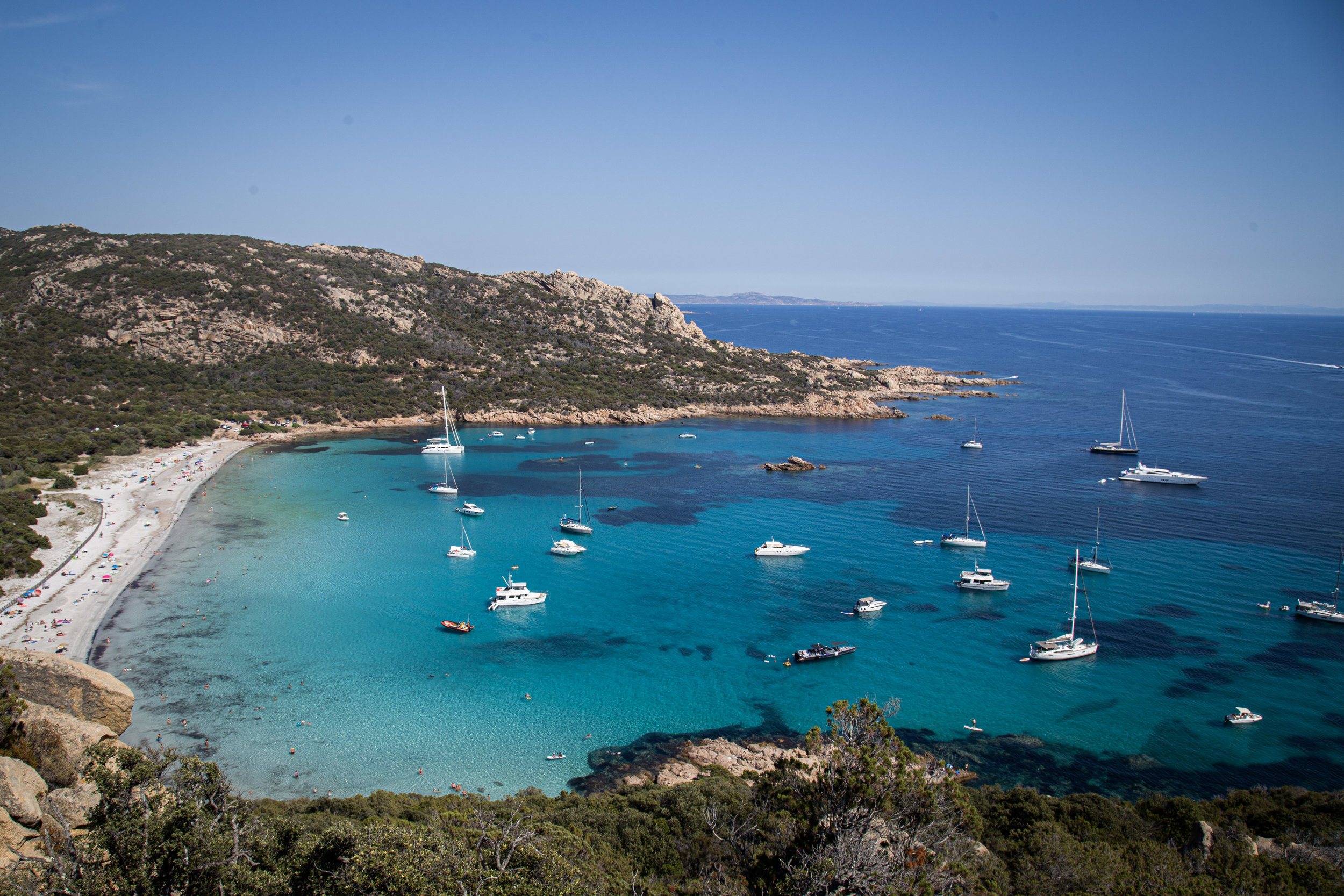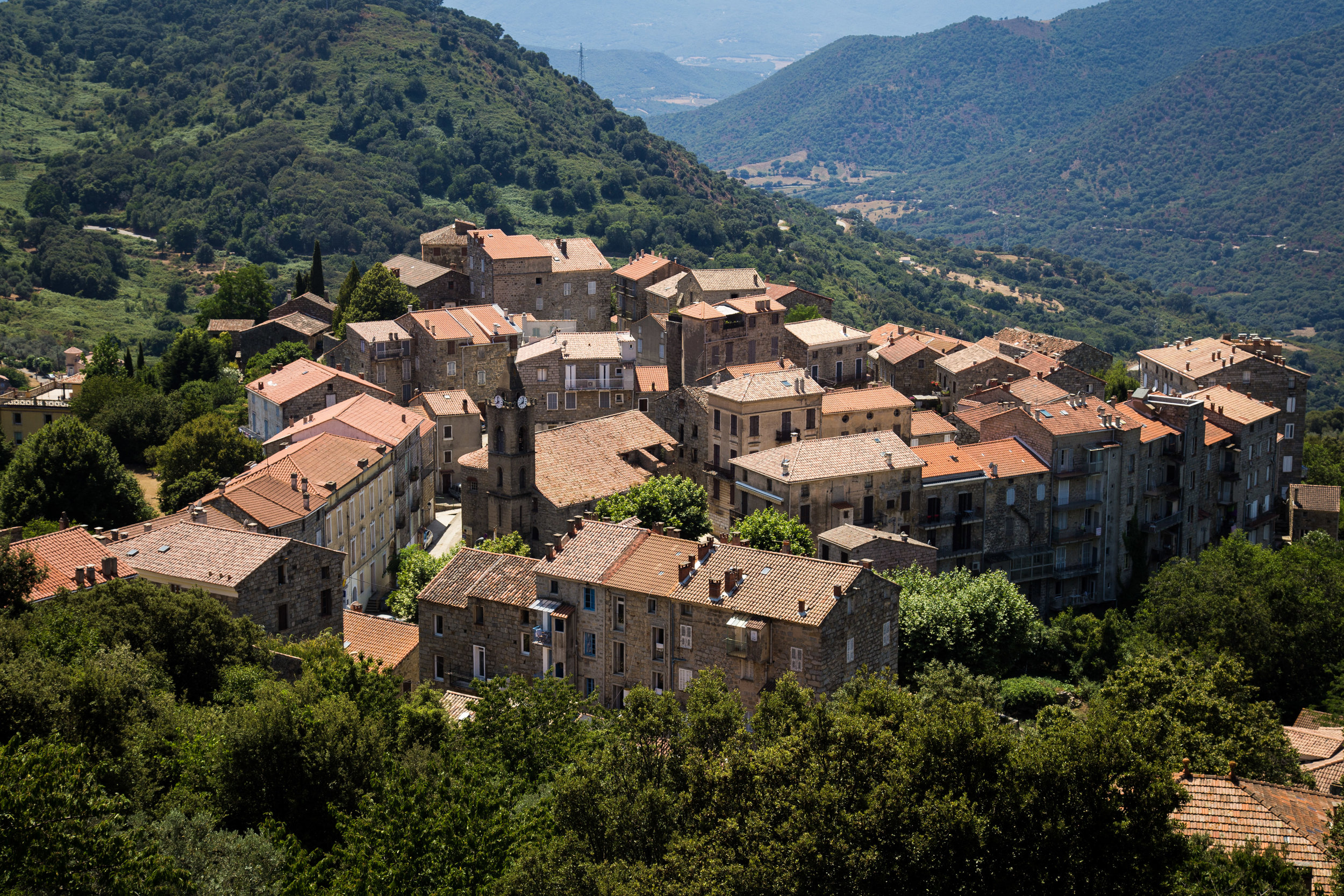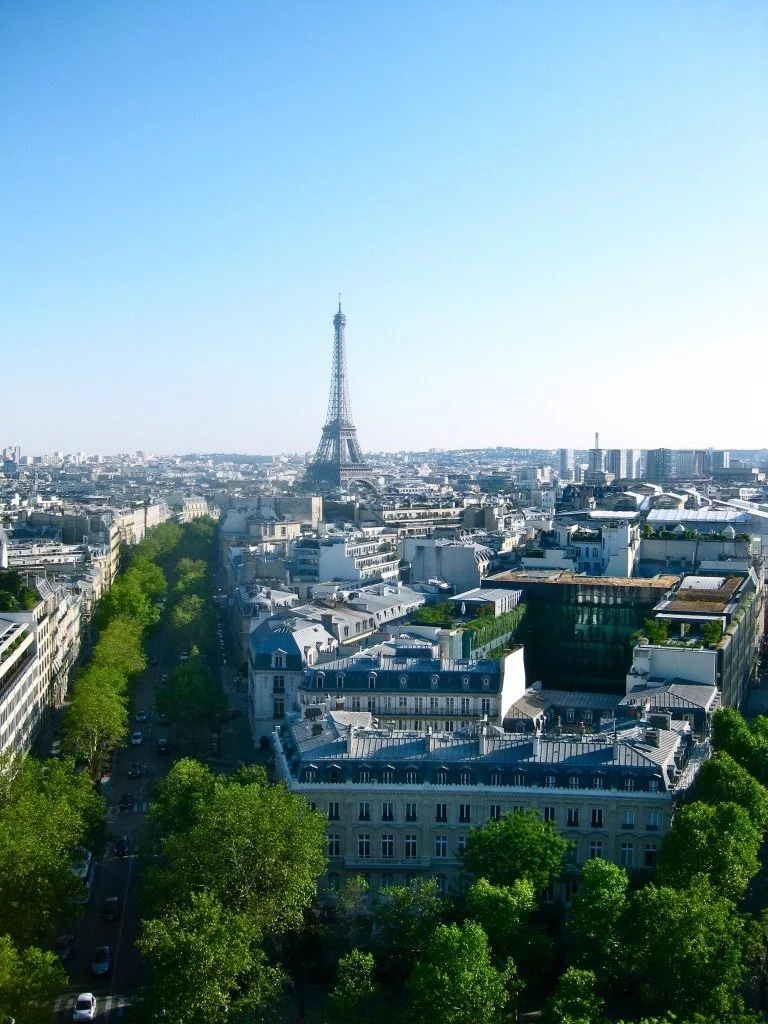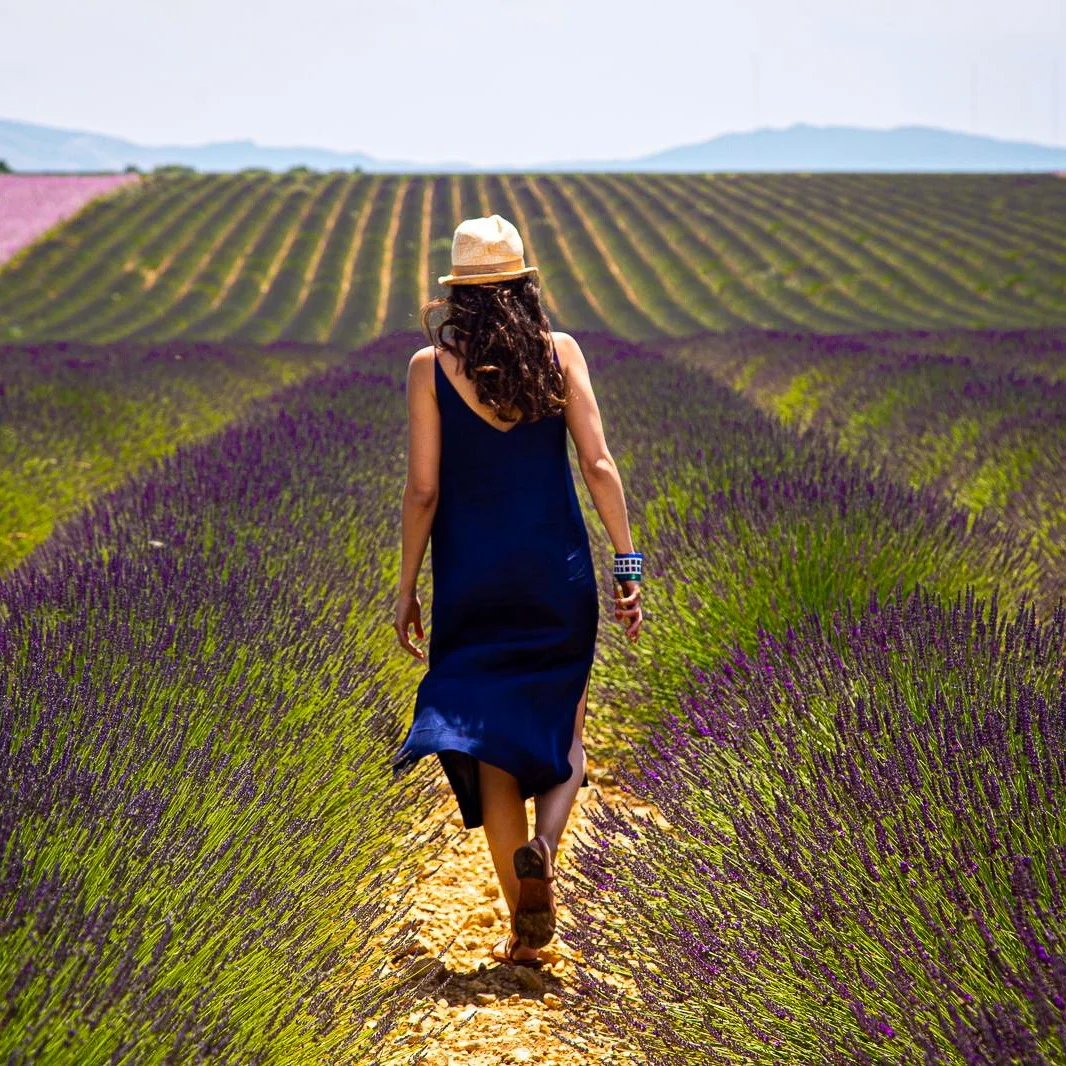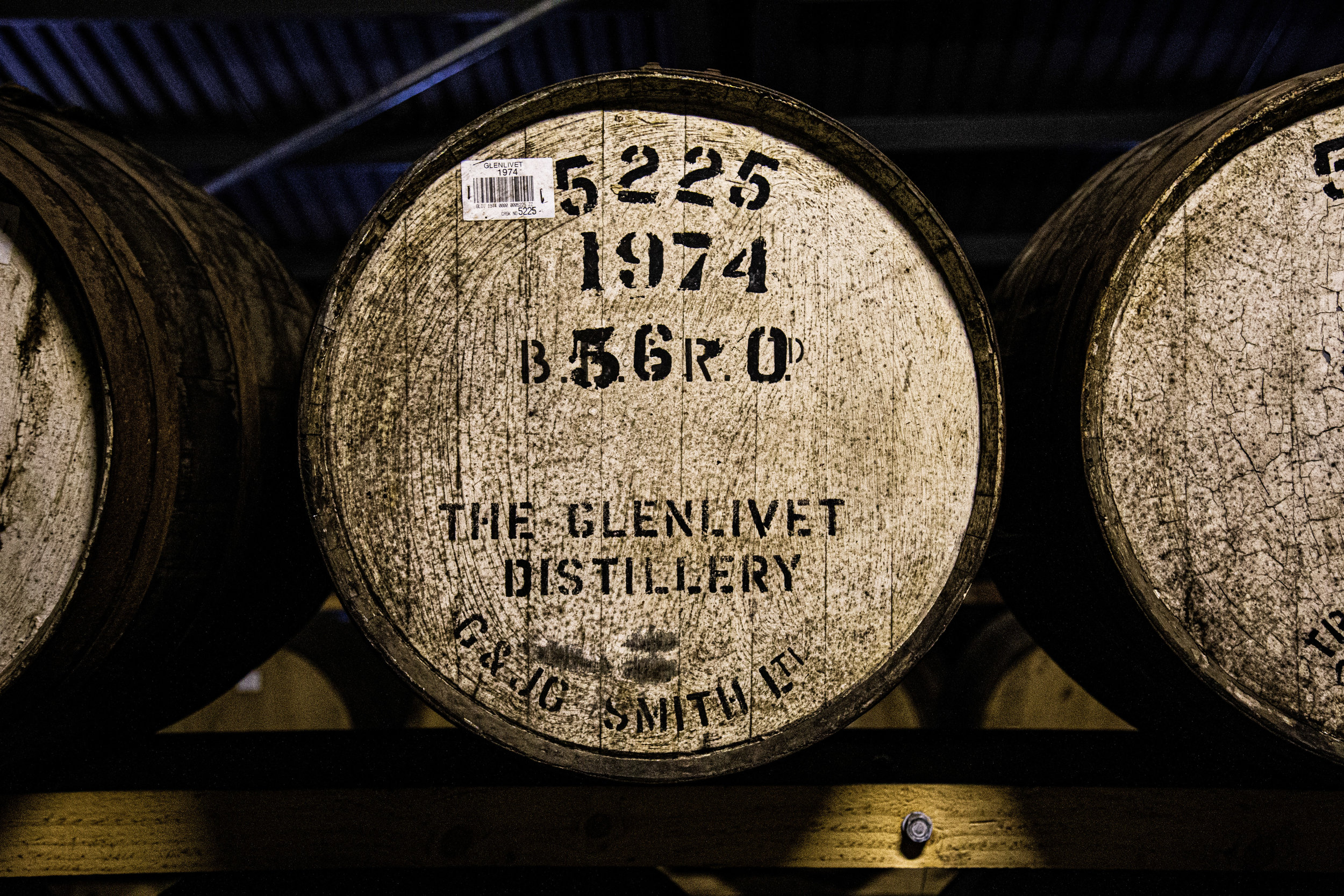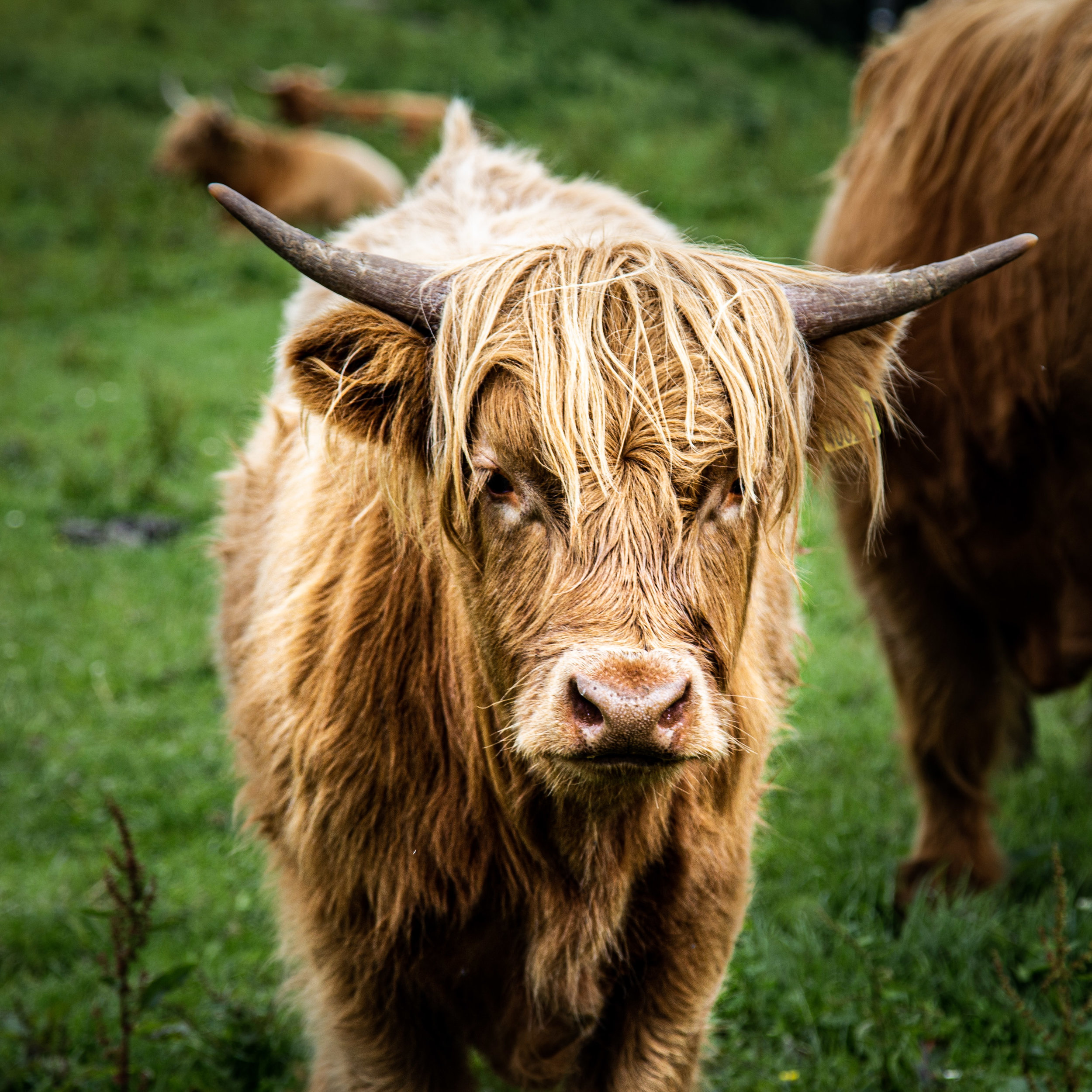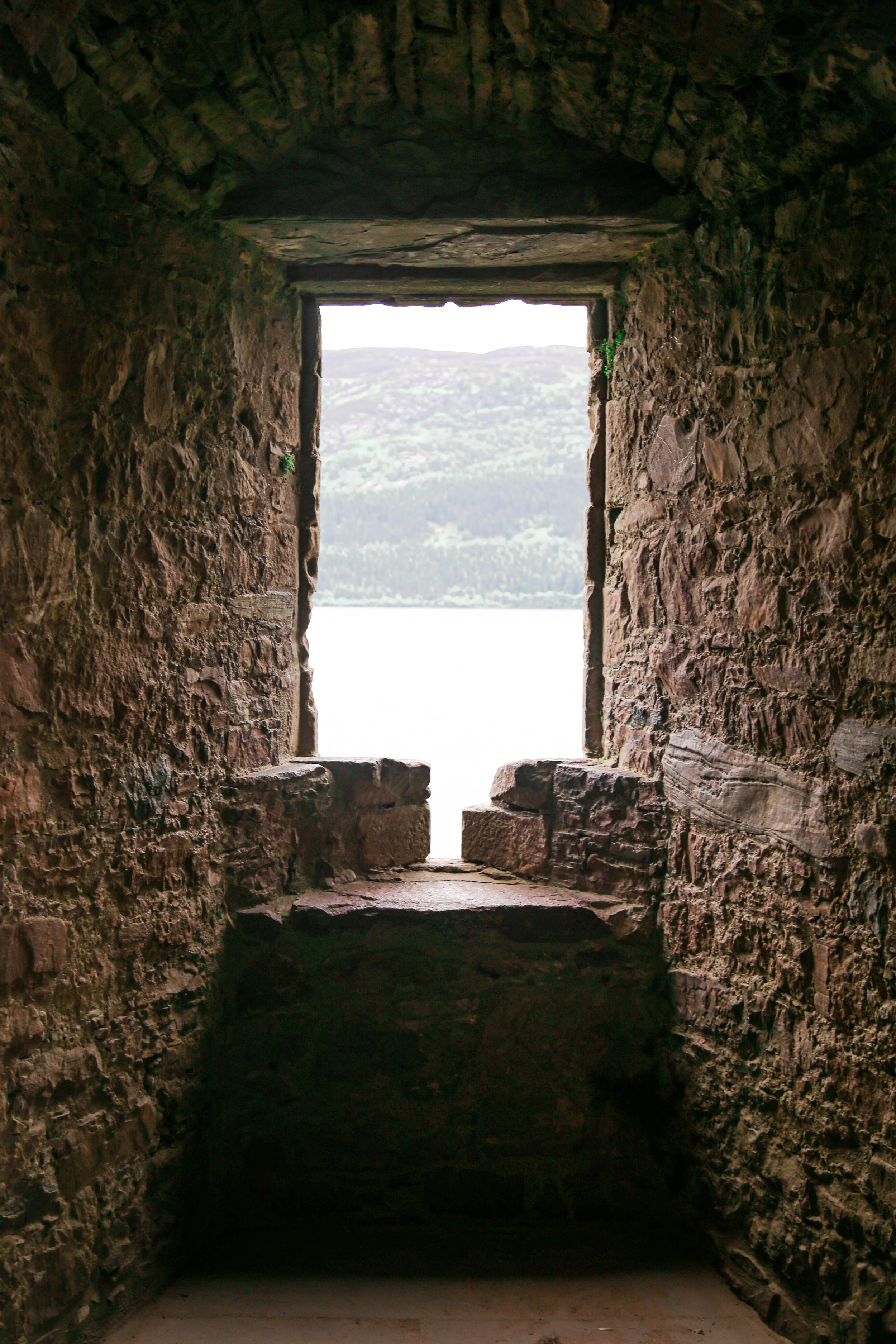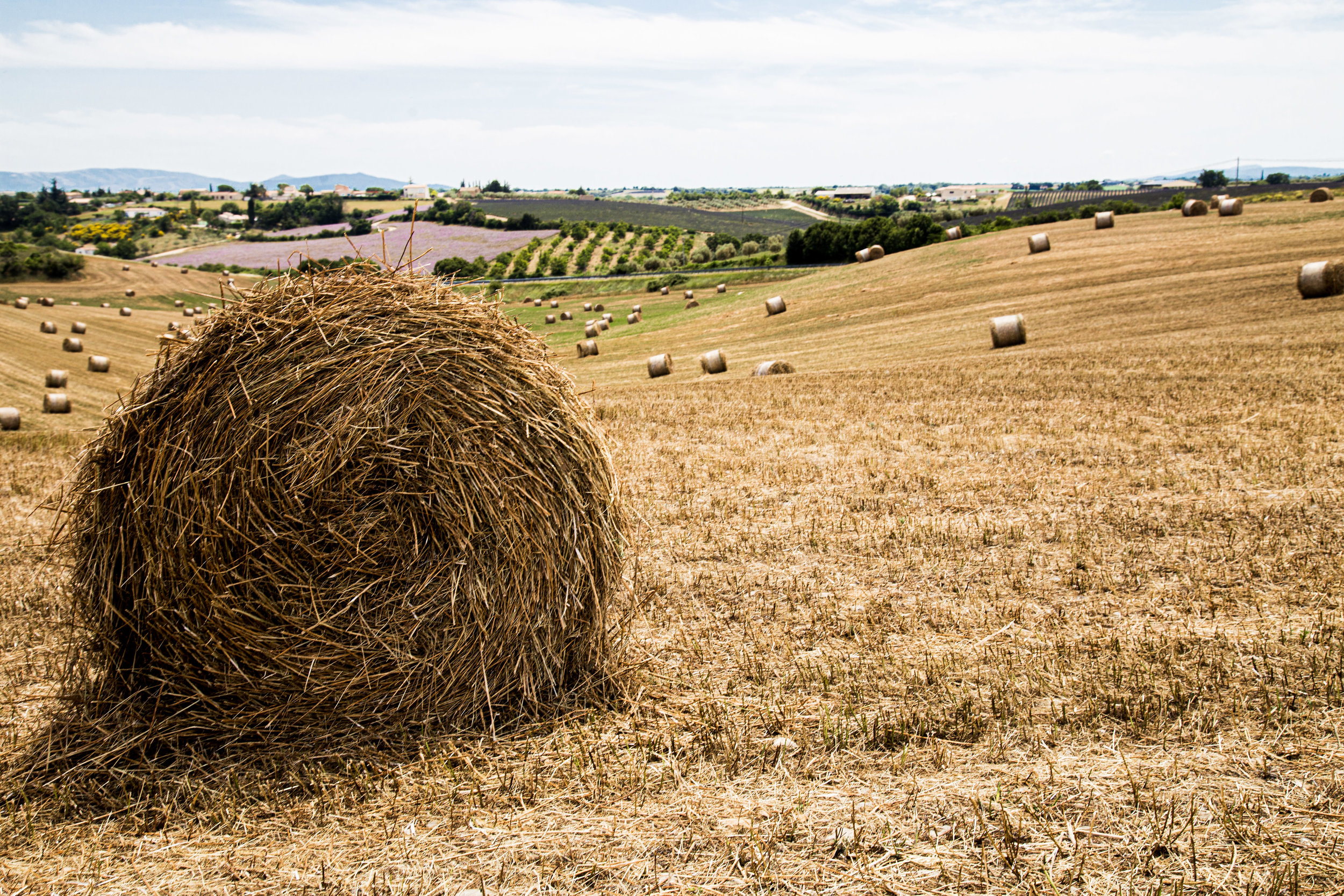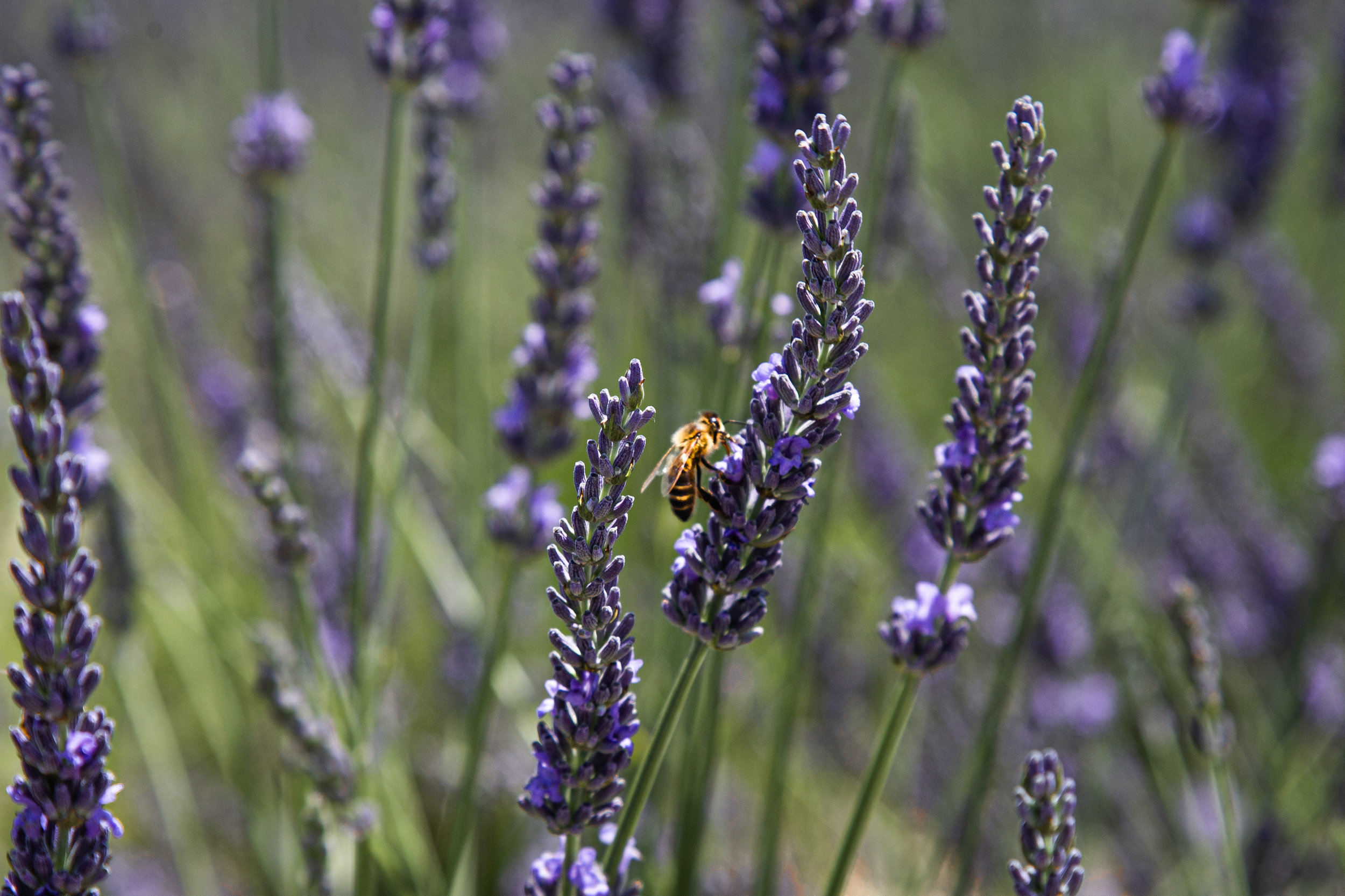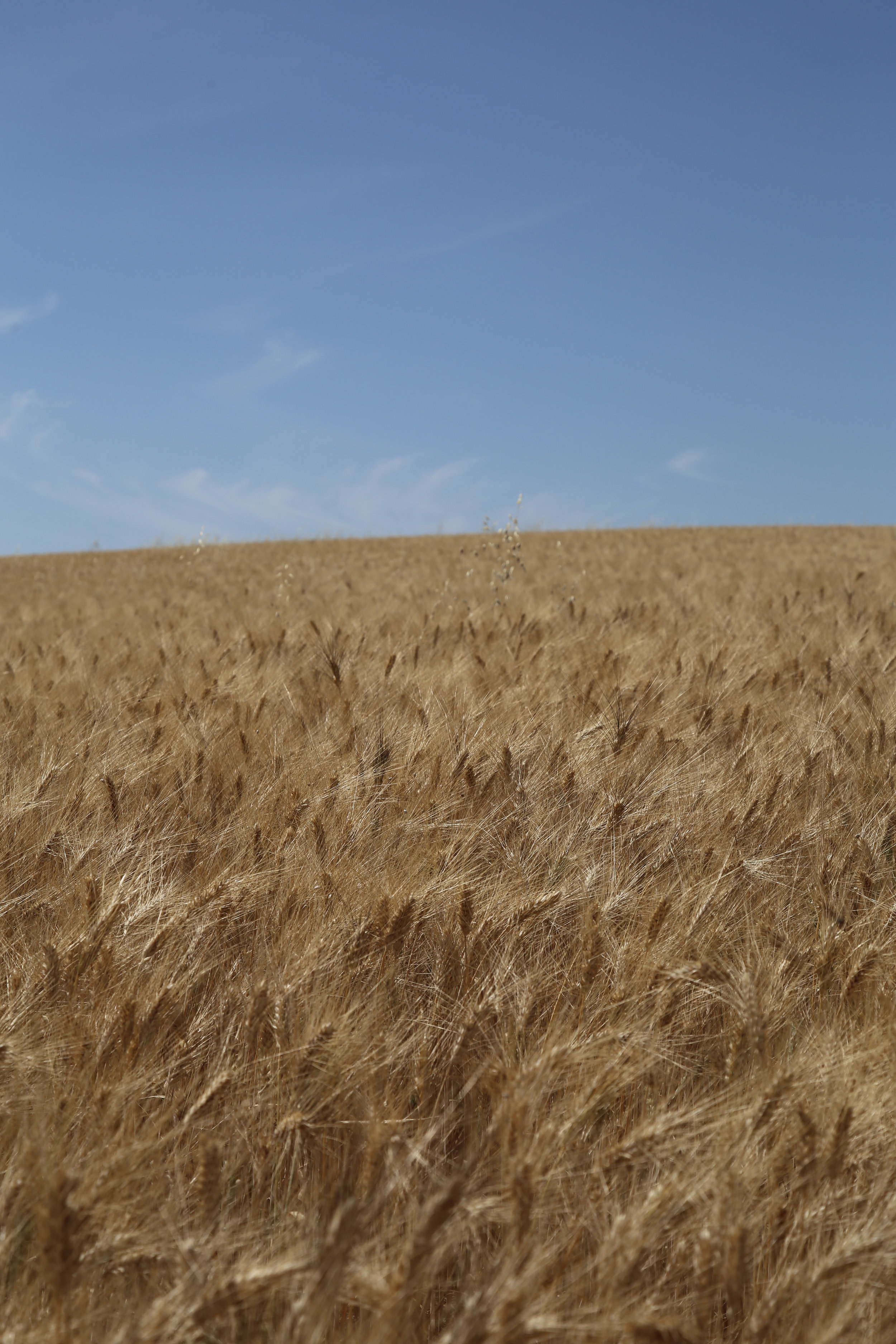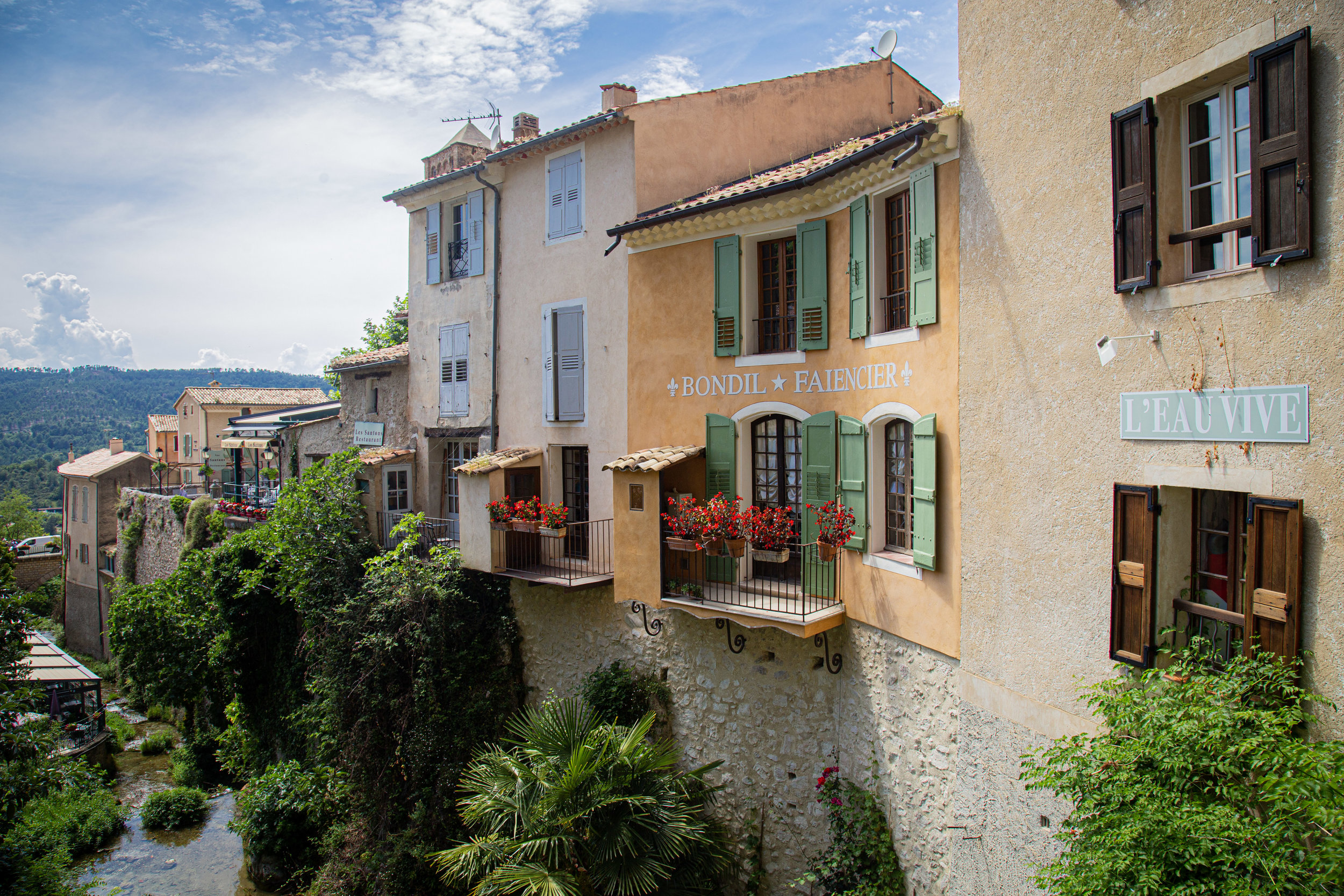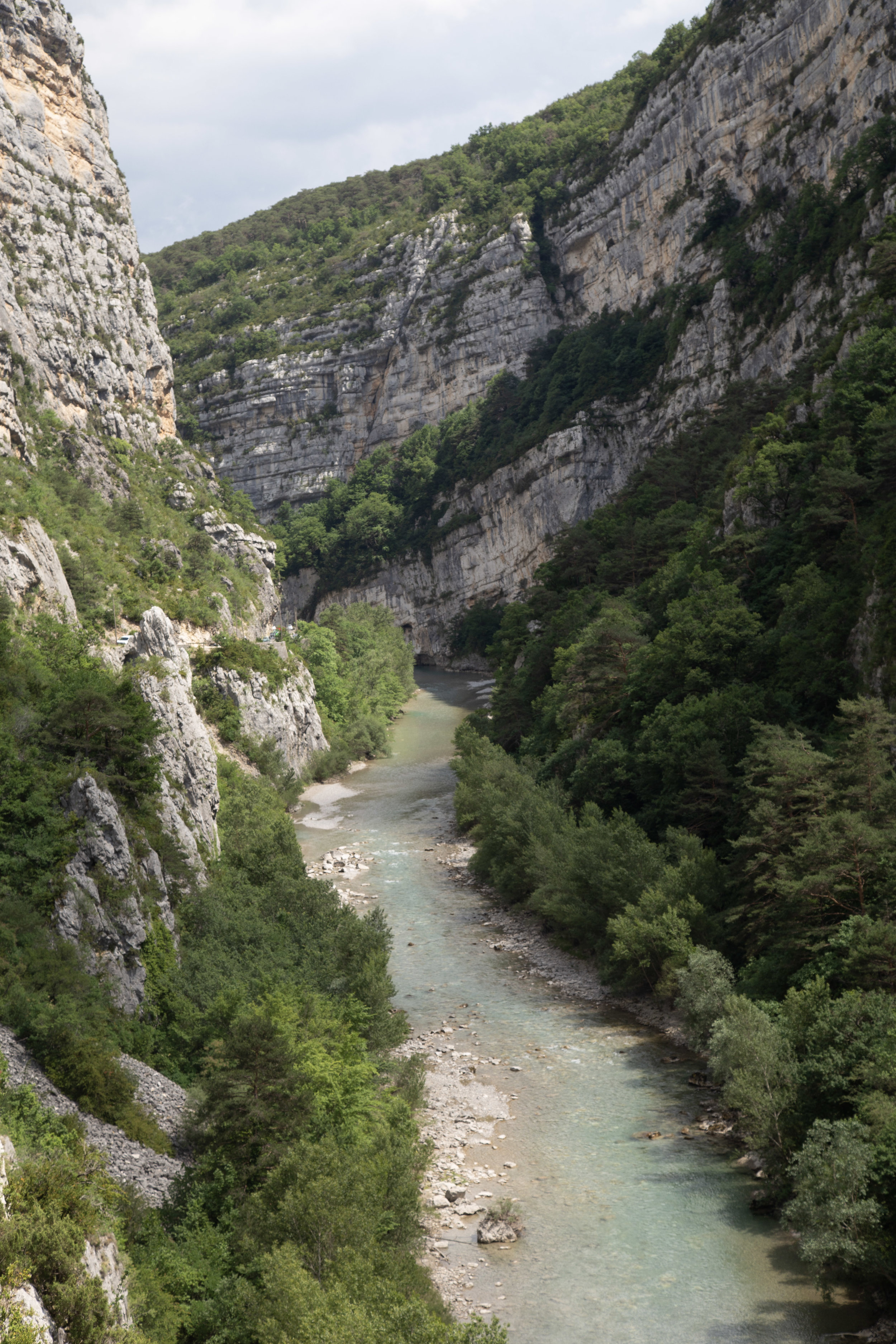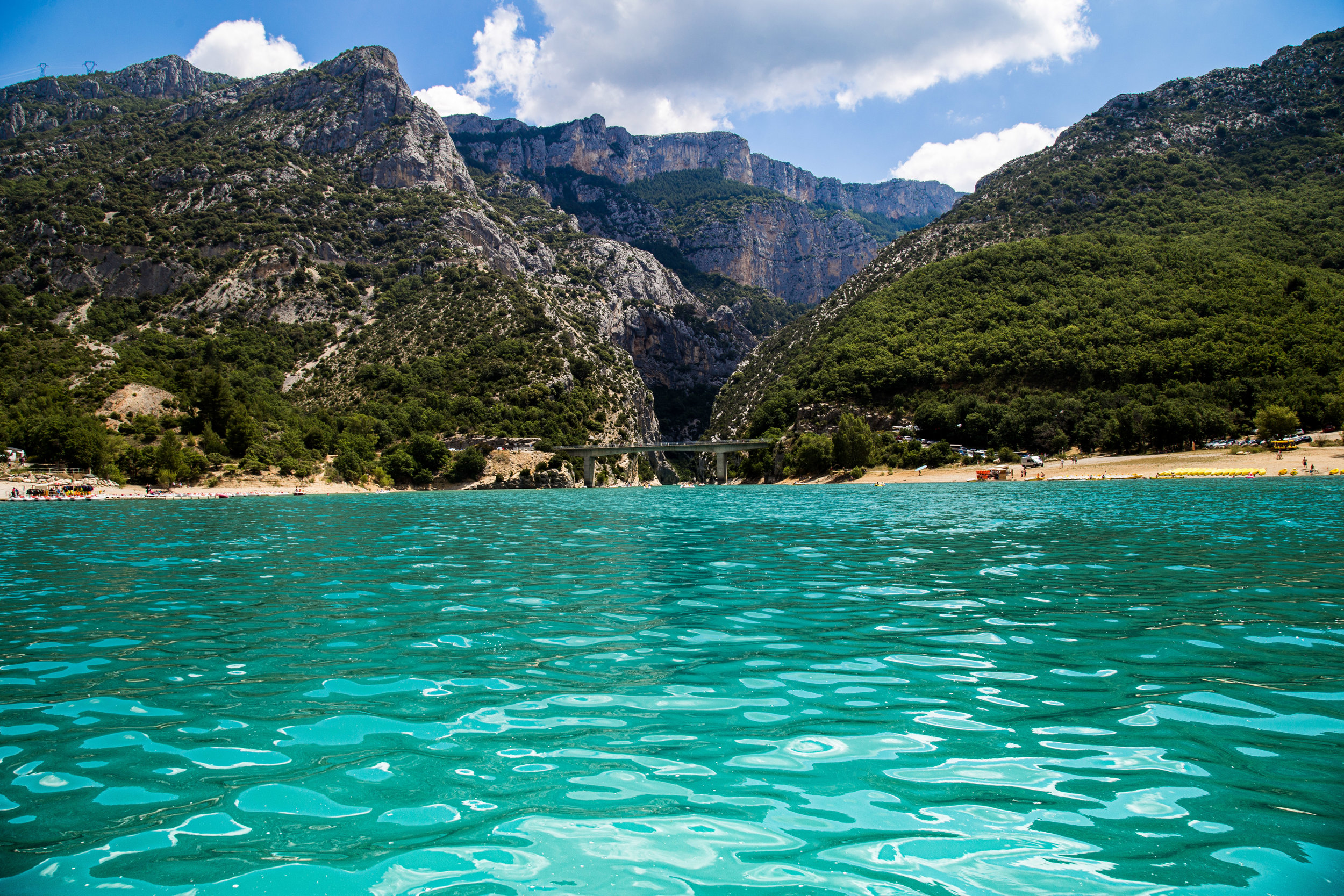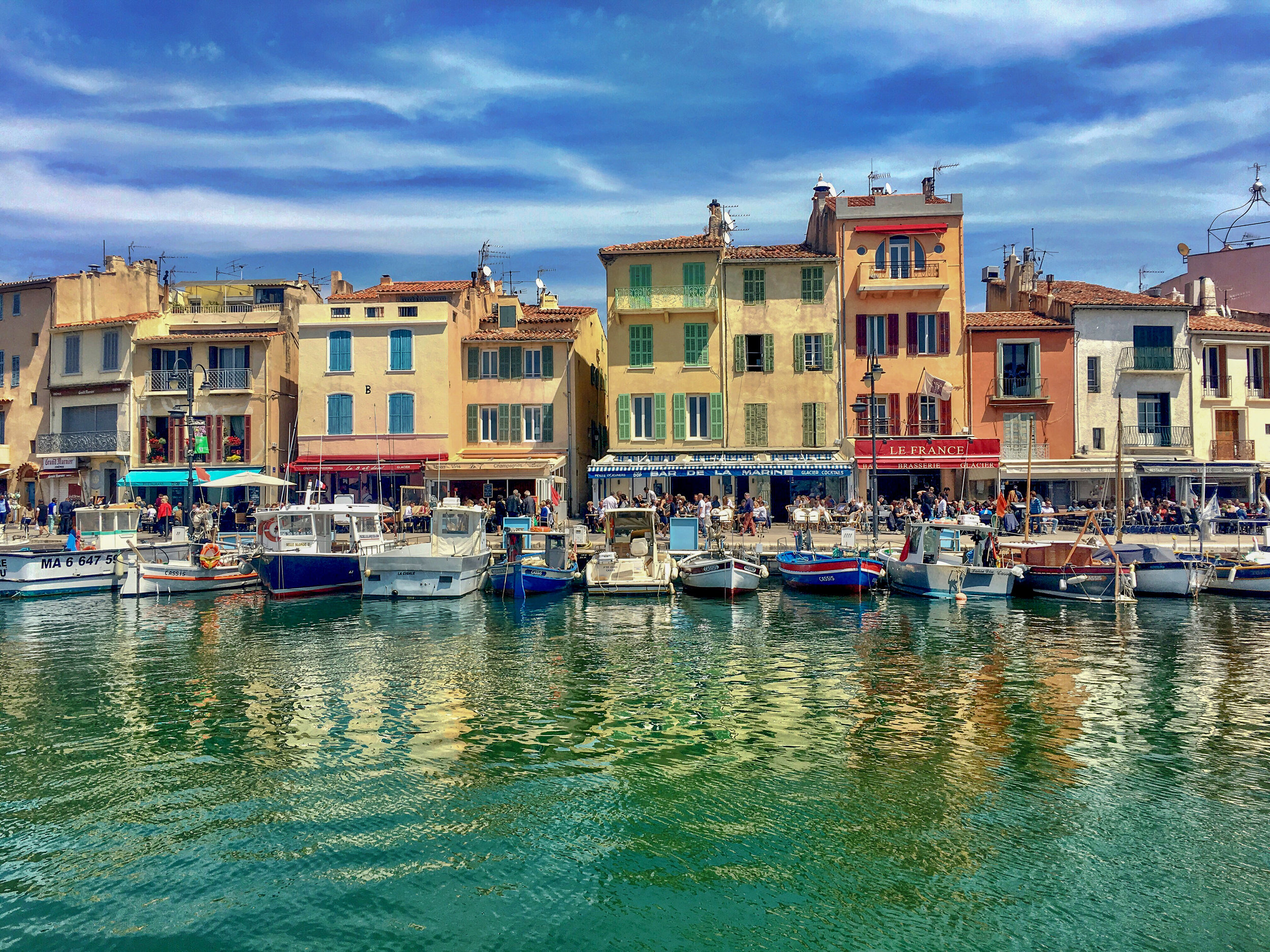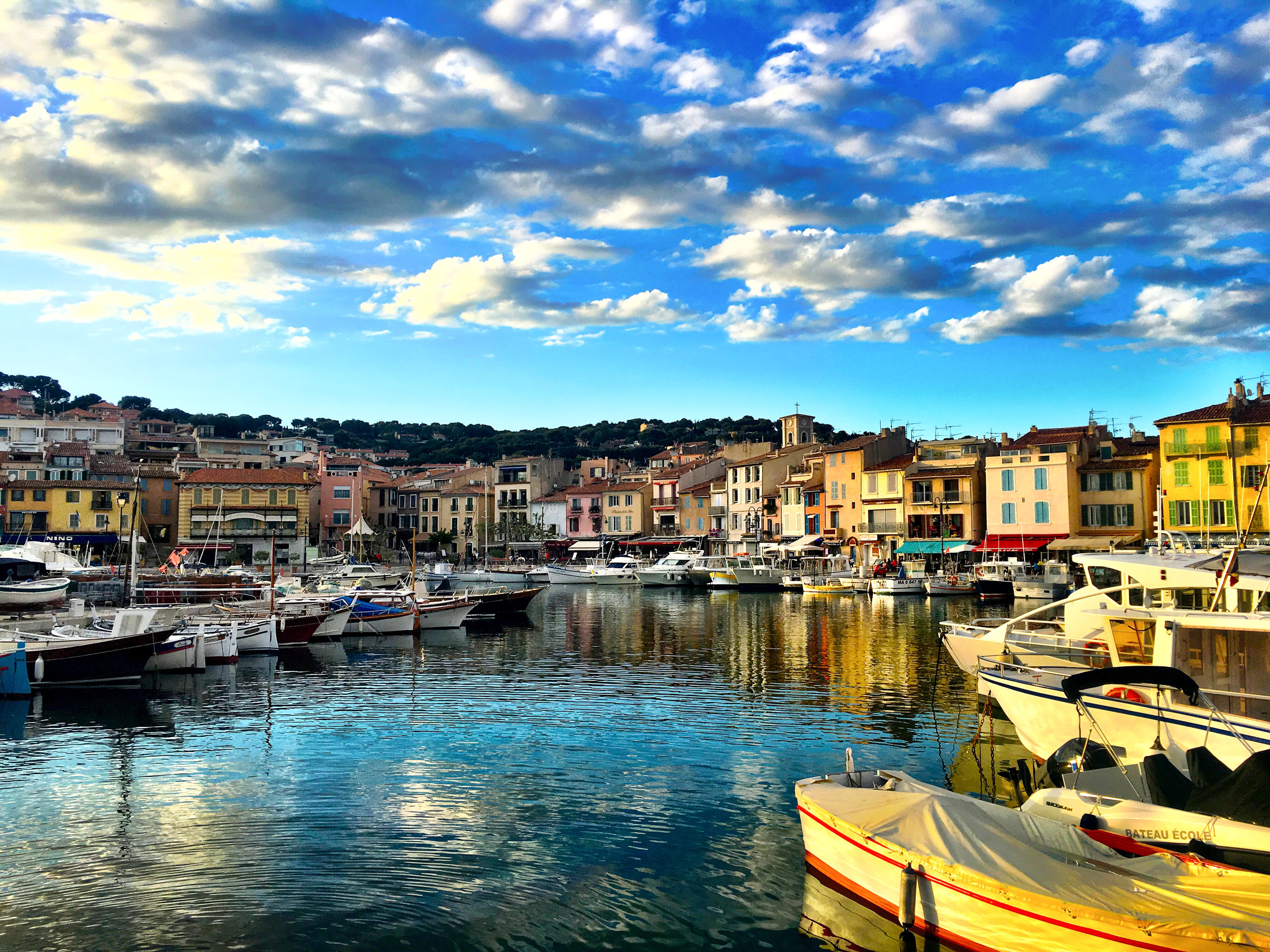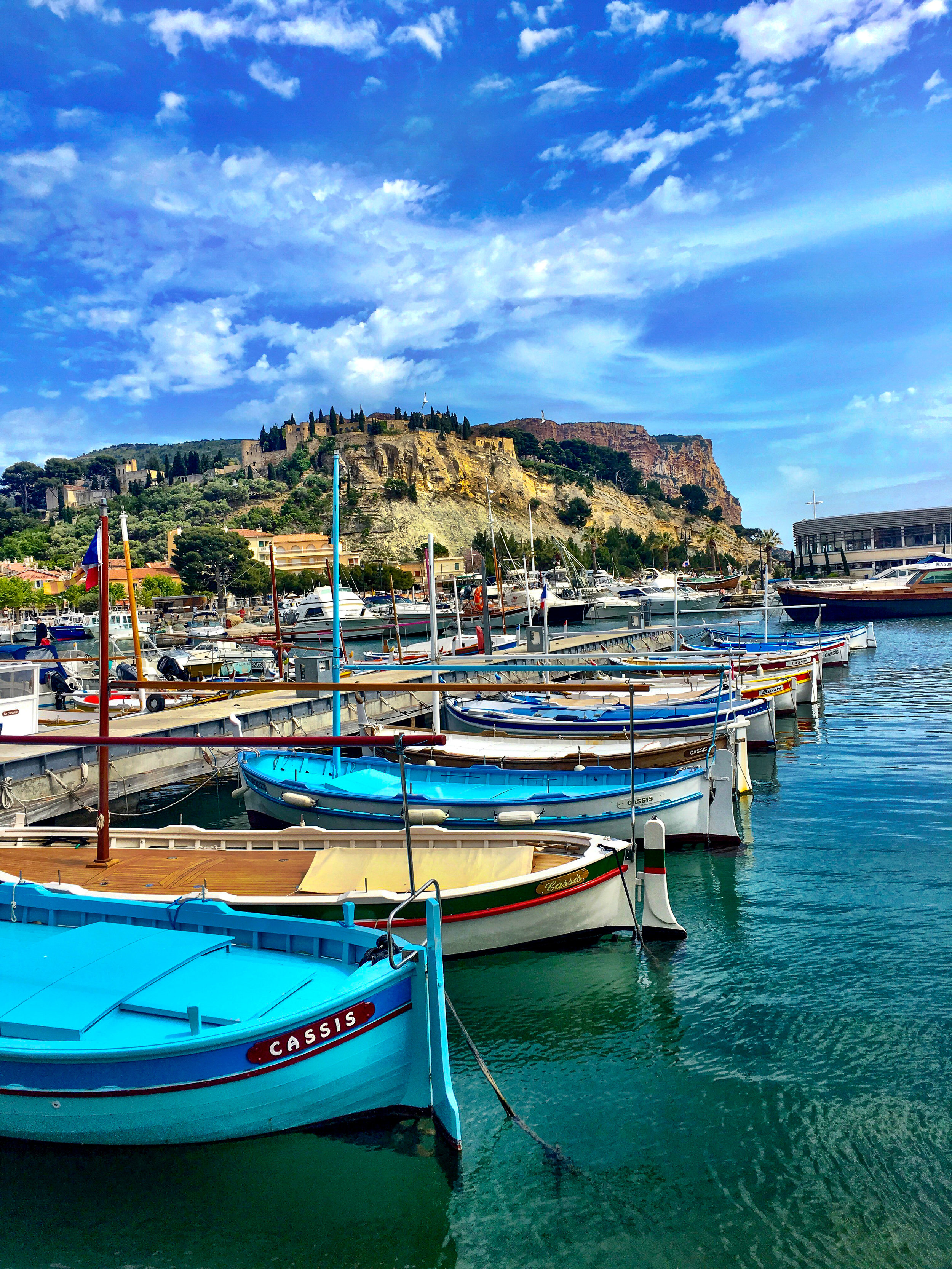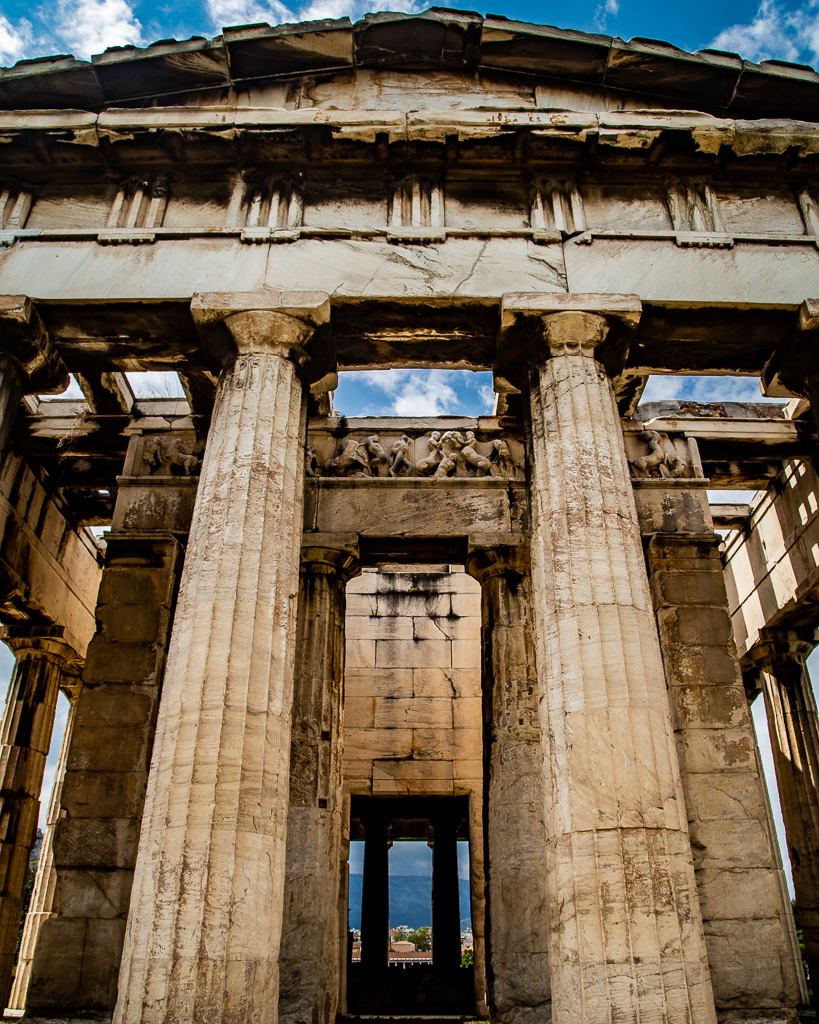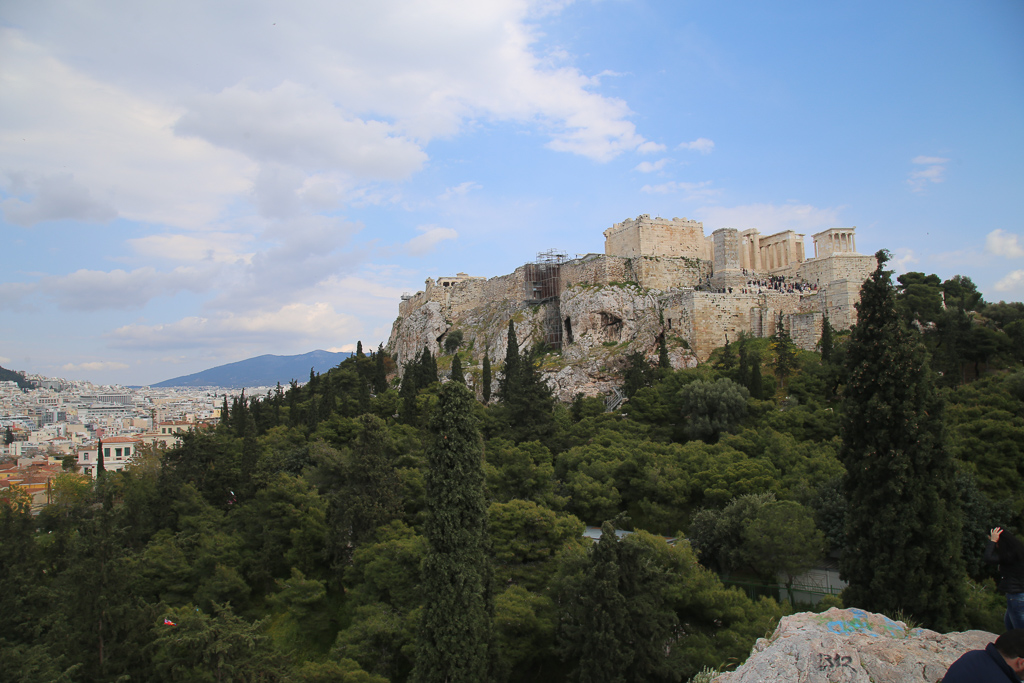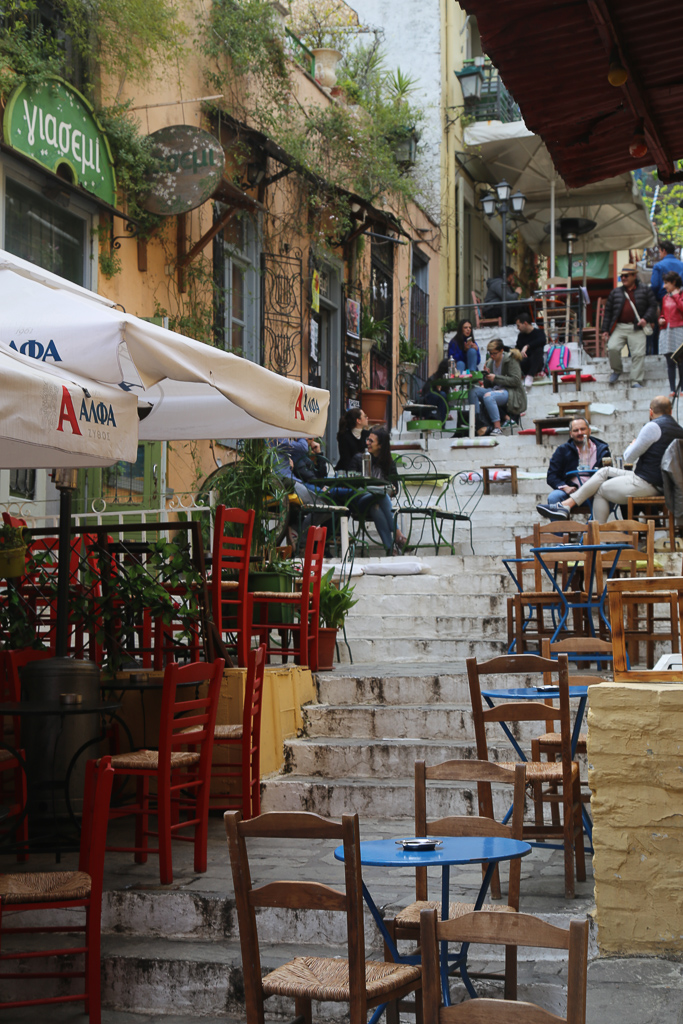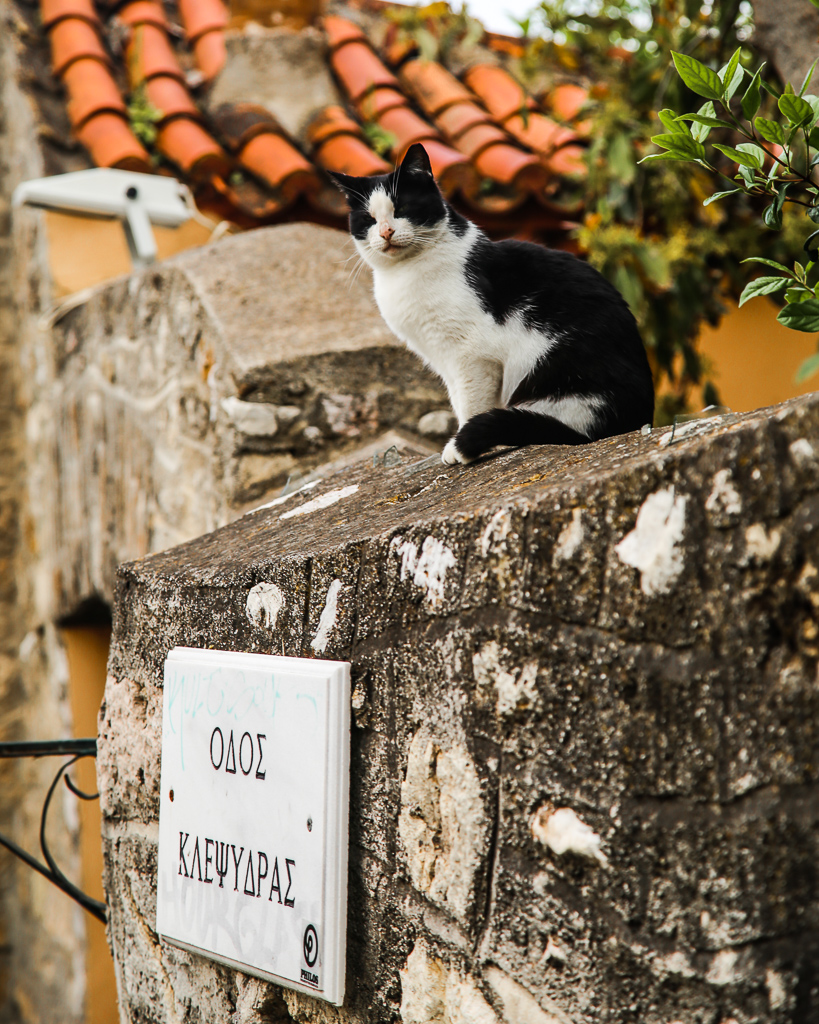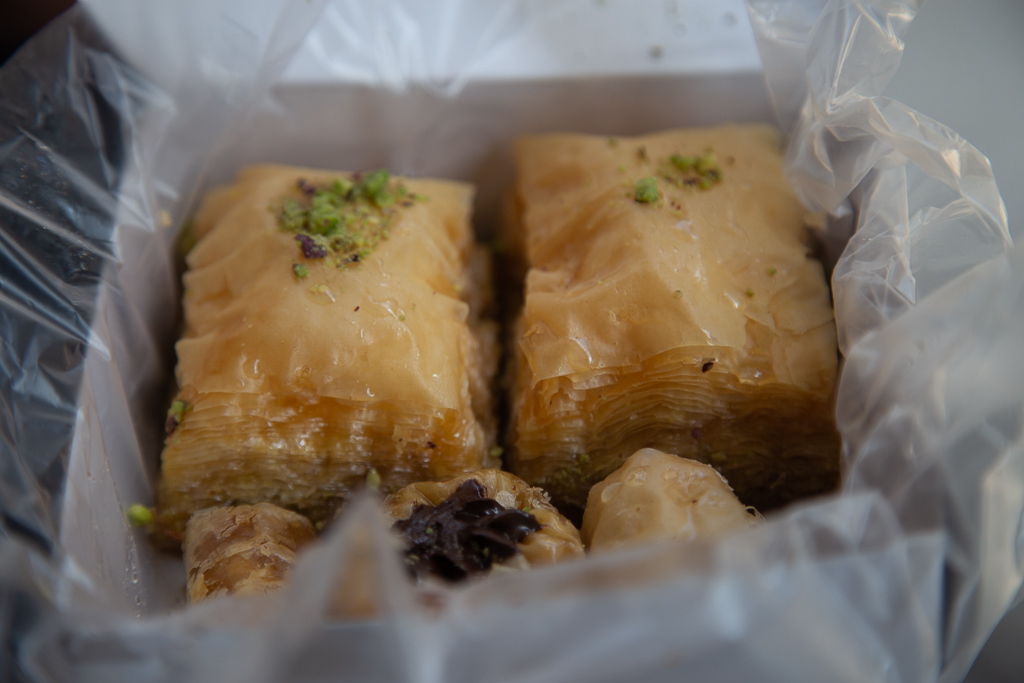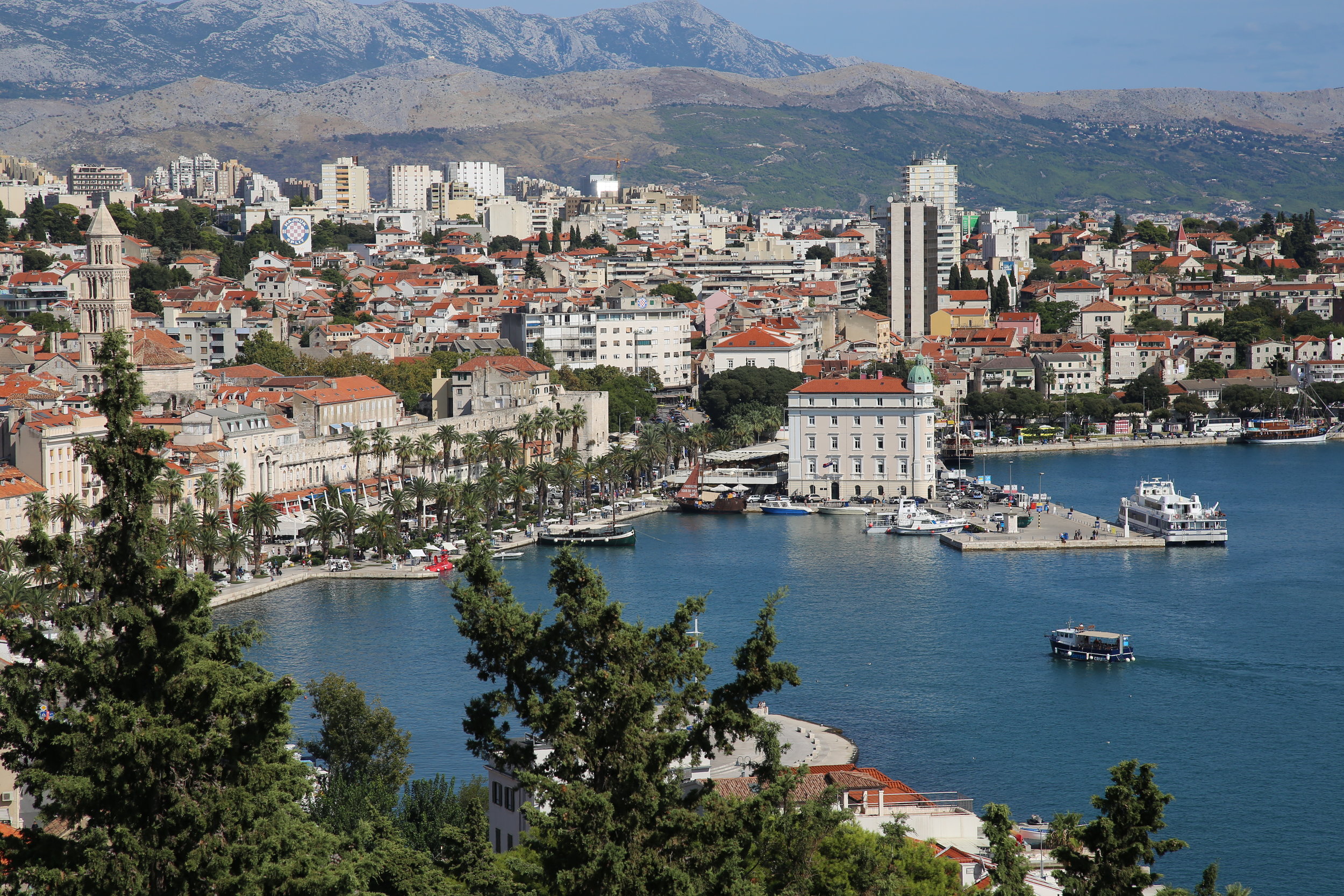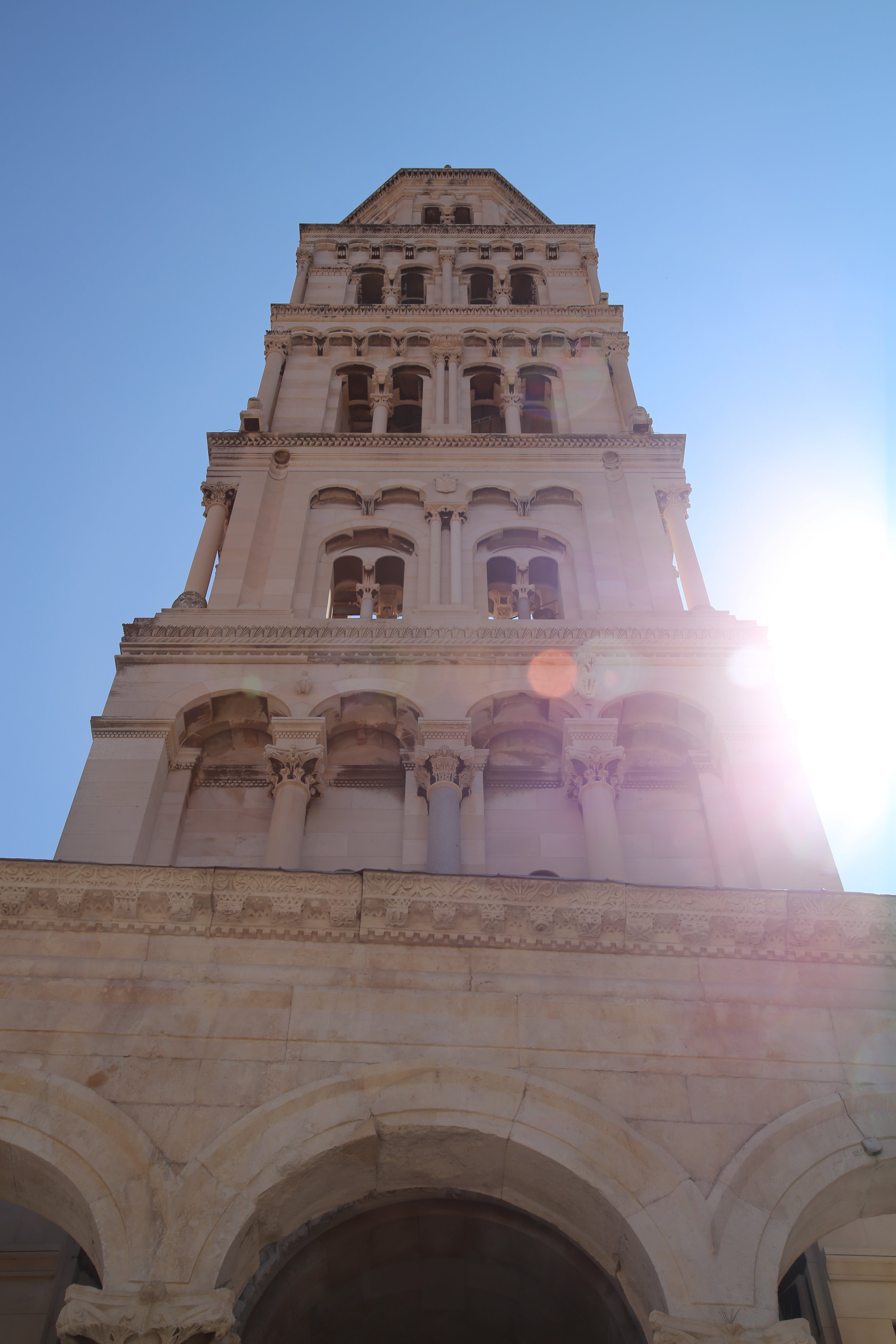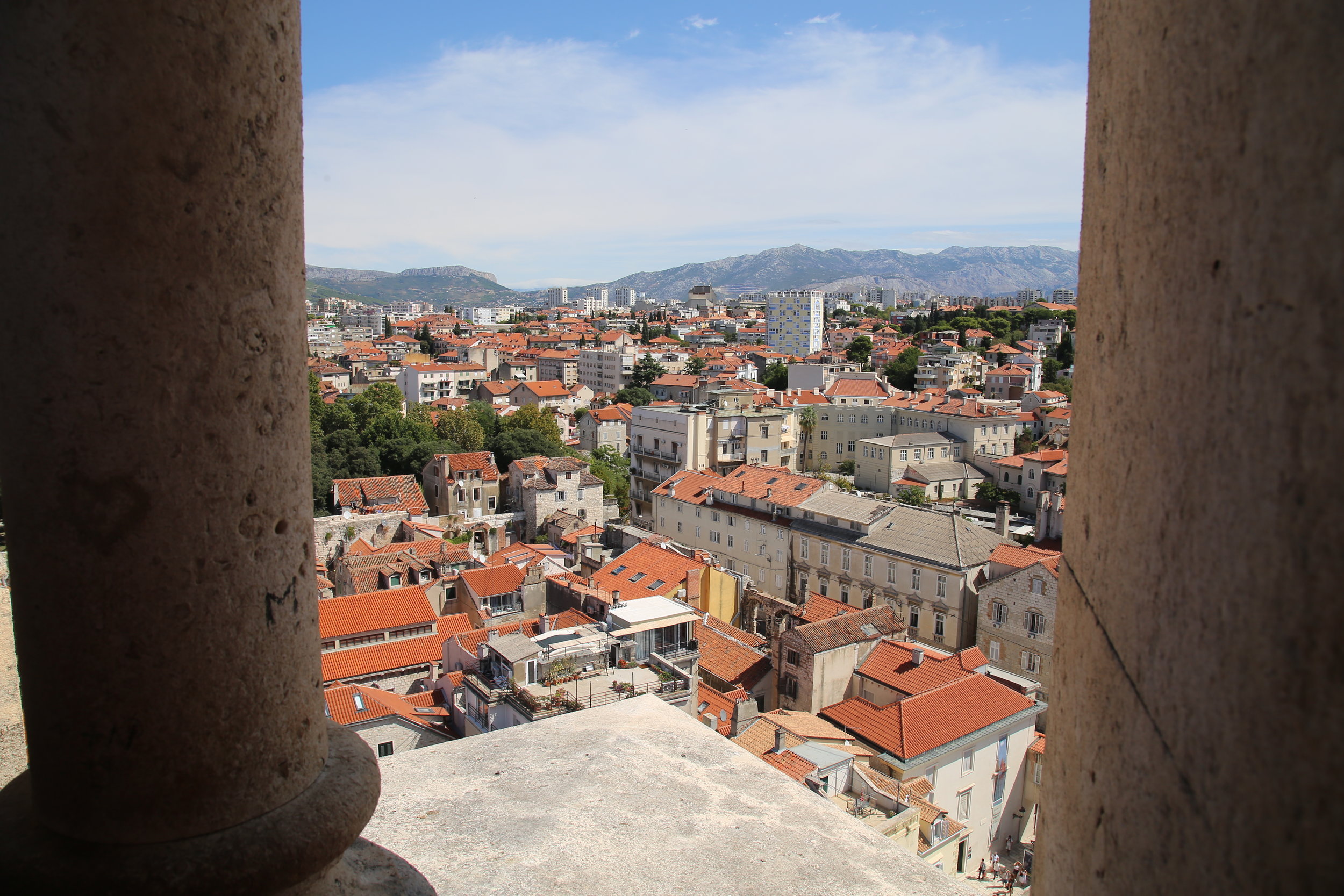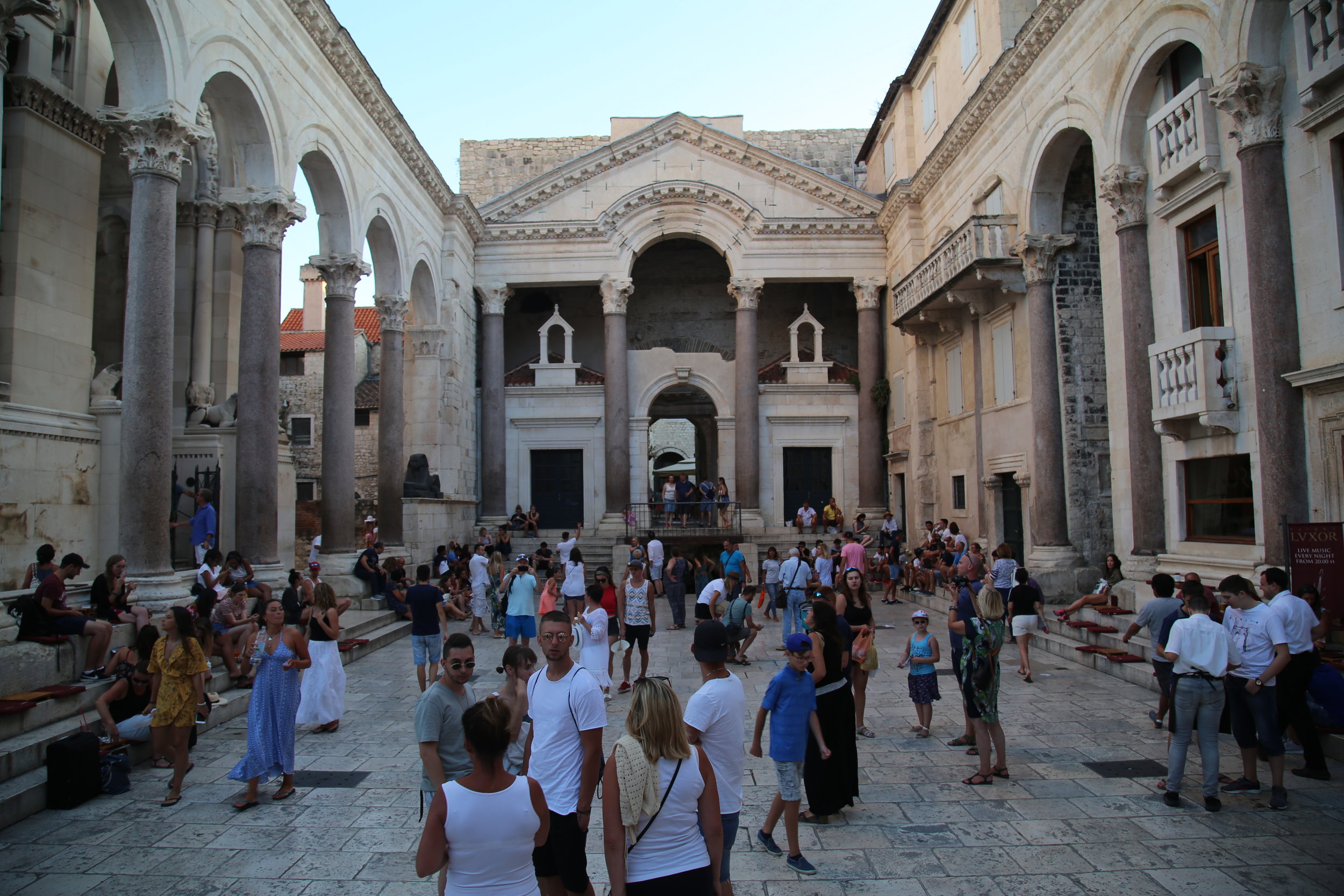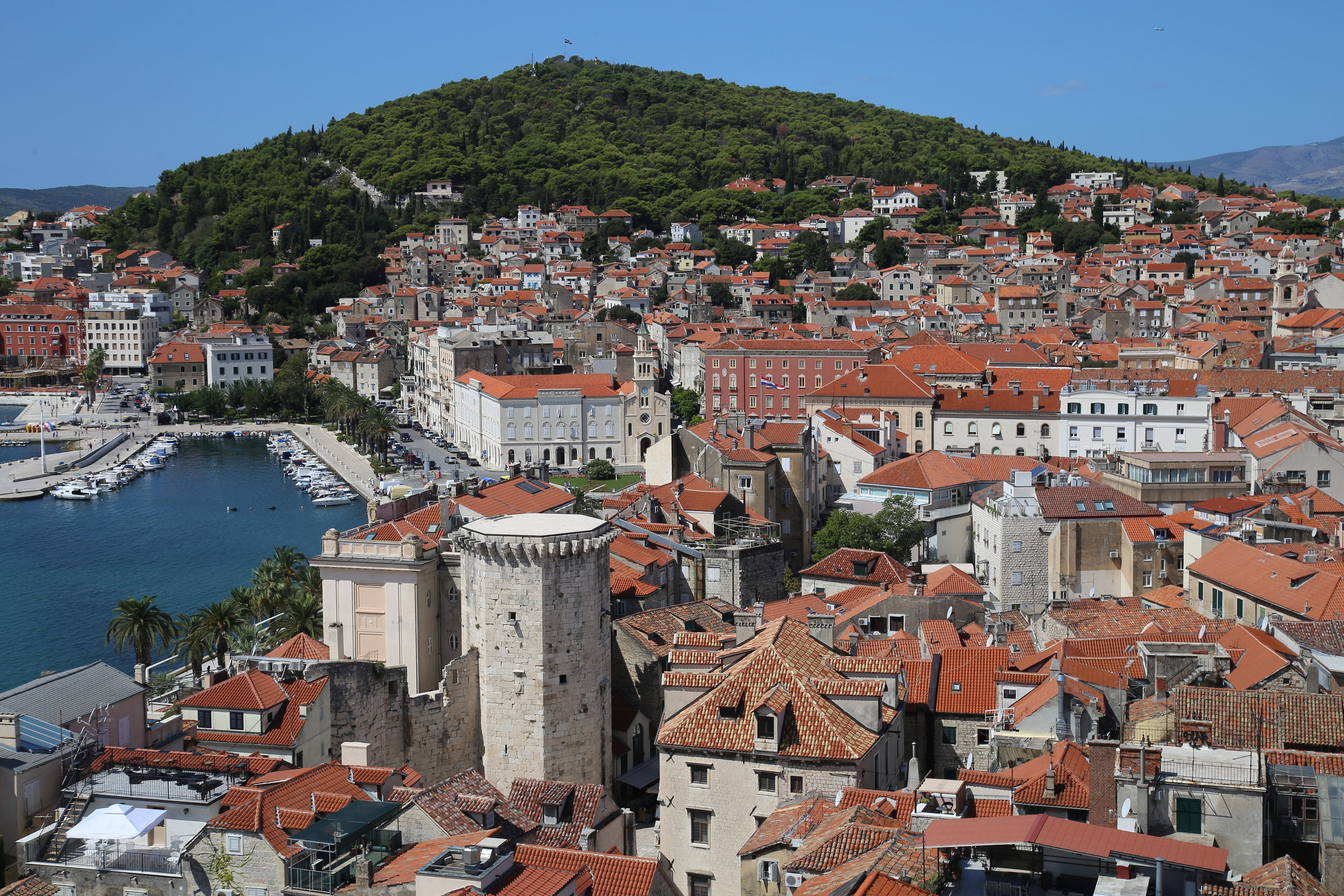A week in southern Corsica
Remote and rustic, Corsica is not yet as well known by the Anglo world as its southern neighbor Sardinia. The birthplace of Napoleon Bonaparte, for centuries Corsica was governed by the Italian Genoese, though the French eventually won the land grab. While an island in the Mediterranean, there is no party there. The Corsicans fought and won against development and today their island enjoys peaceful, Caribbean-grade beaches while avoiding the massive crowds of the Côte d'Azur. There are no hotel or restaurant chains here. Come to Corsica for real, off-the-grid rest and relaxation.
While the summer busy season is the second half of July and all of August, the island is still lovely in June and September. We recommend planning a trip longer than just a 3-4 day weekend, as the airports in the south are an hour or two by car from the best beaches.
Flights between the UK and Corsica run a few times a week, mostly on the weekends. Flights run much more frequently during the busy season between mainland France and Corsica. For easy access to the south, the closest airports are in Ajaccio and Figari. Alternatively, fly into Corsica’s capital, Bastia, which also has the island’s largest airport. However, Bastia is in the north and approximately a 2-3 hour drive south.
A rental car is absolutely needed in Corsica. Drivers take heed as the roads are winding and not for the faint-hearted. Public transport exists (though we didn’t see it), but bus routes are likely few and run far between. Many of Corsica’s prettiest beaches are remote and downhill a long, bumpy, unpaved road.
More below to help you build your itinerary for a week in southern Corsica.
EAT
Chez Ange Swanky spot at the beautiful Plage Rodinara. The road down to the restaurant and beach is long but the view was worth it. Go for lunch and try one of their decadent salads.
Chez Dume A nice, shady spot for an informal lunch in the tiny hamlet of Sainte-Lucie-de-Tallano. Ask to sit on the veranda to admire the mountain view. This orange-roofed village makes for a sweet stop between Sartene and Zonza on the route through the Alta Rocca.
Hotel la Terrasse Quiet, romantic restaurant in Zonza with a beautiful view of the mountains and valley. Food is traditional Coriscan and delicious.
La Cave à Huile d'Olive While lunching in Sainte-Lucie-de-Tallano don’t miss a stop to this little olive oil producer.
Rotisserie chicken This road-side delicacy seems to be the unofficial national food of Corisca. Food trucks are everywhere and the value for money really can’t be beat.
Rotisserie Chez de Franky, north of Porto Vecchio, is one such reputable truck. Pick up a rotisserie chicken with jus and sautéed onions, and a side of pommes de terre, for a casual picnic dinner.
U Arniella Cute-yet-casual beach-side restaurant in Porto Pollo. Great seafood and pizzas. Stay for drinks and the DJ after dinner.
DRINK
Domaine de San Michelli While this winery does have a small shop in Sartène, it unfortunately doesn’t offer tastings yet. However, the wine is good (if you like juicy reds!) and can be found at most restaurants and supermarkets on the island.
Pietra Try the local beer! Order a “pression” (draft) of either blonde or amber.
PLAY
Alta Rocca This mountainous region of southern Corsica features tiny, orange-roofed hamlets, stunning vistas of sharp, rocky peaks, excellent hikes and sparkling gorges. Take a break from the beaches and spend one to two days exploring Corsica’s interior.
Bonifacio Old Town This medieval fortress town overlooking the southern-most cliffs of Corsica has stood for hundreds of years, being passed back and forth between the Italians and French. Its location is incredibly dramatic, as the Old Town and citadel are built high above what appears to be a fjord leading from the Mediterranean several miles inland. While touristy, the Old Town is adorable and quintessentially medieval. Worth a few hours of exploration and an overnight in one of the romantic boutique hotels overlooking the cliffs.
Beach hopping Corsica’s beaches are world class and we spent a perfectly relaxing vacation visiting one to two beaches each day. We’ve listed our favorites below by location:
West Coast Cupabia (quiet and family-friendly), Porto Pollo (small but is connected to a sleepy little beach town), Propriano, Campomoro (hands down our favorite and worth the trek to this western tip of the island) and Roccapina (while the drive down is treacherous, the beach is beautiful. But bring supplies as there are no facilities).
North of Porto Vecchio Favone, Pinarello (stunning, quiet and family friendly)
South of Porto Vecchio Palombaggia, Rodinara, Santa Giulia (near to Porto Vecchio, each of these were definitely the busiest beaches we came across and the most glamorous in terms of clientele)
Boating There is nothing like viewing Corsica from the water. We spent a day with Crosiere Exclusive on this day trip, visiting the islands of Lavezzu and Cavallo, and the remote coastline of southeastern Corsica.
Cascades de Polischellu Natural pools within the Alta Rocca mountain canyon that runs along the D268. Park along the side of the road and find a more secluded spot to enjoy a swim and picnic lunch after hiking in the area. This is a good stop on the D268 between Zonza and Solenzara.
Sartène 16th century town that lies at the entrance to the mountainous interior, with sweeping views of the valley below. It’s is worth a drive by and stopover for an hour or two of exploration. Wine from the Sartène AOC is also renowned on the island.
Zonza Outdoors enthusiasts will delight in this tiny, traditional mountain town in the Alta Rocca region. While the streets role up at night, it is a quaint, quiet spot from which to base oneself for mountain hikes, biking and more. Our biggest regret was not spending another night here to enjoy an extra day hiking in the mountains and swimming in the gorges.
STAY
The south of Corsica is large and the drive from the west to east coast through the Alta Rocca, from roughly Propriano to Solenzara, is about two hours. On either side of the island there are many beach towns and remote beaches dotting the coastline. Corsican towns are also quite small, exempting Bonifacio and Porto Vecchio, so be prepared to relax with long dinners and early-ish bedtimes. We are enclosing a mix of suggestions for a well-rounded road trip.
Bonifacio As previously mentioned, worth staying overnight at one of the hotels overlooking the cliffs and ocean.
Porto Pollo We loved spending two nights in this quiet beach village. The 3-star Auberge Kalliste Hotel Eolabel was a cozy, unassuming option with excellent breakfasts and a two minute walk from the beach.
Porto Vecchio area While there are lots of hotels and Airbnbs close to the city center, for a peaceful retreat closer to the beaches north of Porto Vecchio, check out the 3-star resort Le Kilina. It has a pool, bar, bocce court and restaurant on-site, and its rooms are shaded by tall beach pines.
Zonza As mentioned above, we wished we had stayed another night in this Alta Rocca town. While there are several options to choose from, we enjoyed the boutique Clair de Lune, a short walk from the main street and featuring a small pool.
LOCATIONS NEARBY
